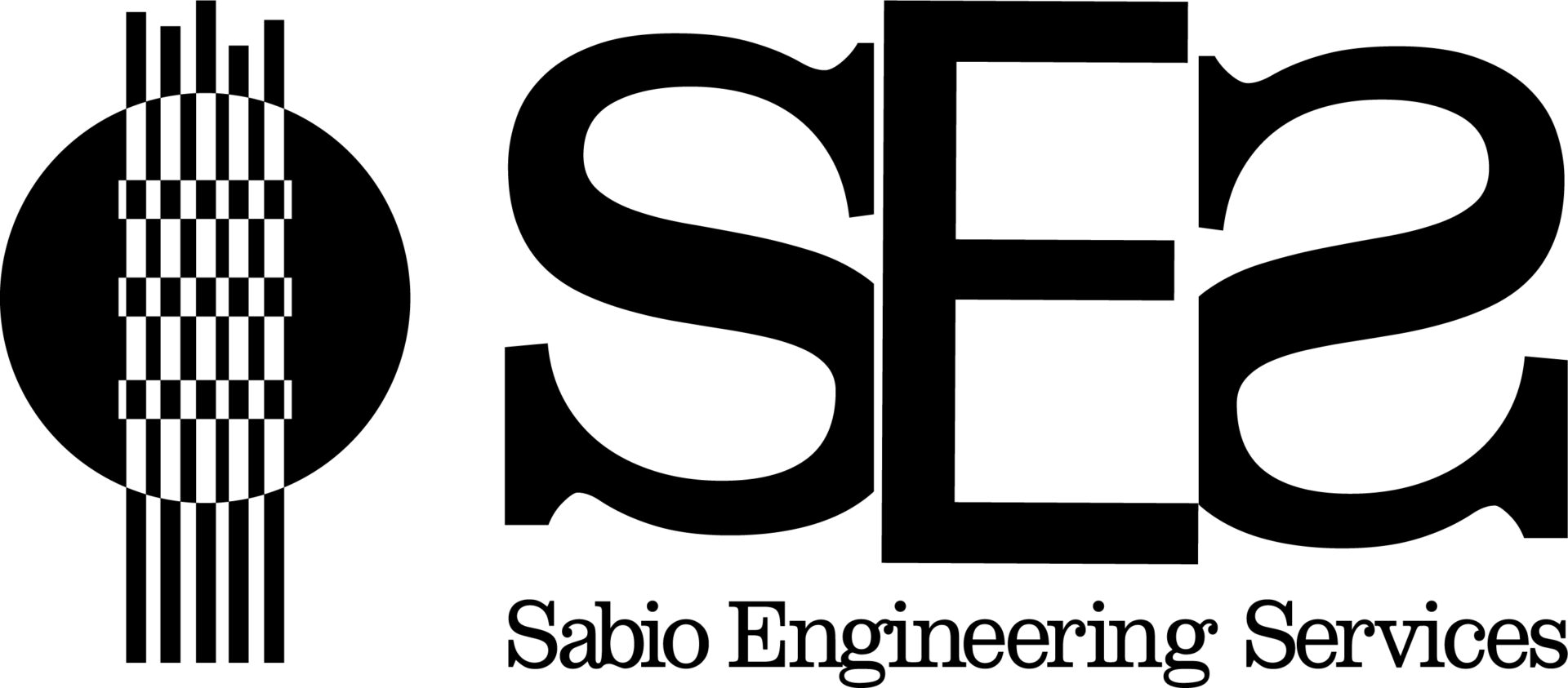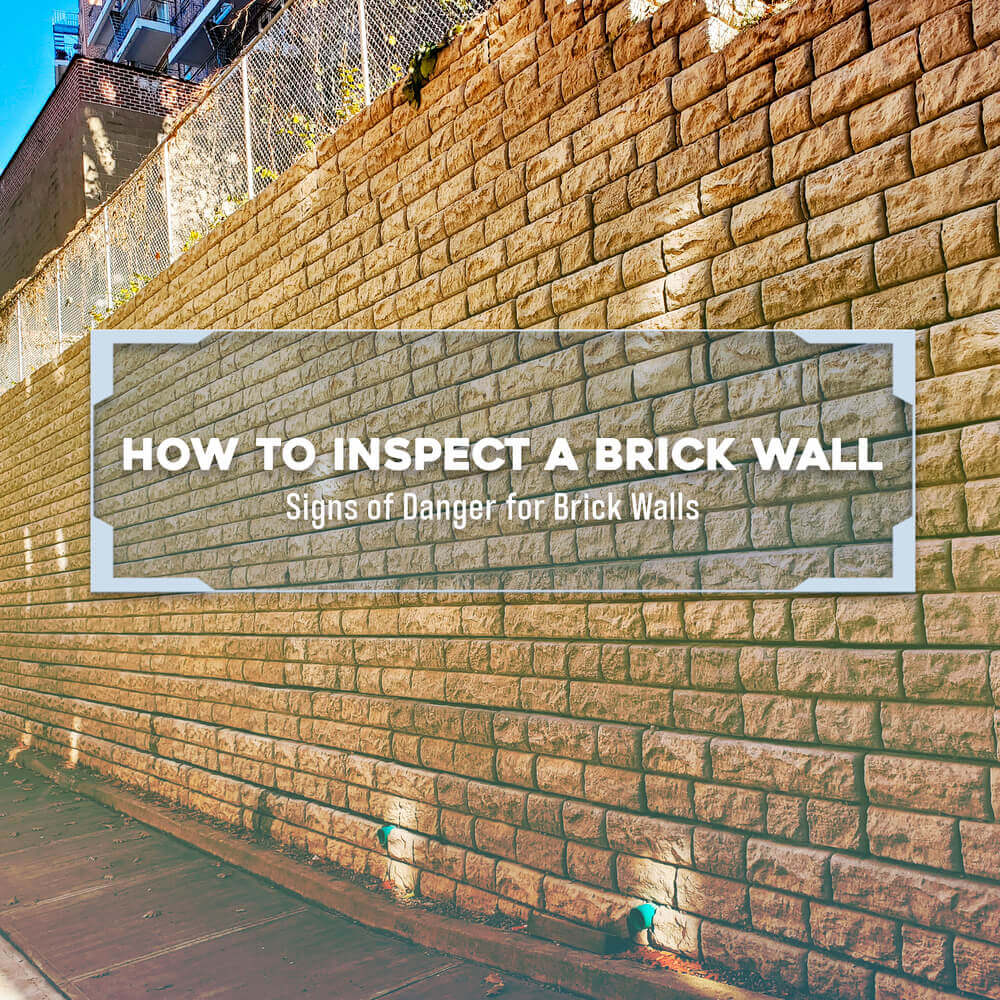Brick is one of the longest wearing home siding options available. Most brick can last up to one hundred years or more, which makes it an attractive choice for most homeowners. However, durability doesn’t mean that it doesn’t have its own potential issues. Most of these problems arise from improper installation and maintenance. In this post, we will talk about some of the things that you need to watch out for when performing your own inspection.
Table of Contents
Cracks
Cracking is inevitable in brick walls. In fact, cracking is normal because it comes from the material settling, moving, or shrinking. Some cracks are more serious than others. For example, if you see a long crack more than 1/8 inch wide and spanning several layers of brick, then this may pose a problem. This can indicate a structural problem, which poses the danger of a weakened wall. It can also be problematic by letting moisture in, which just degrades the walls more quickly. These sorts of issues are tough to judge as a homeowner, so it is wise to hire a professional to give an opinion on these cracks.
Secondary Signs
If you have found cracks in walls and are unsure about whether they are serious or not, then you can always be on the lookout for signs of foundation shifting. Signs of foundation shifting include doors and windows that are difficult to open and close. It can also include crooked doors, crooked window frames, uneven floors and interior cracking or bulging of brick walls. If you encounter these, then this signifies that your home might be suffering from those previously discovered cracks.
Brick Veneers
Veneers are walls that are built for aesthetic appearance versus to bear the load of the building. They should be evaluated differently. Cracking is normal for this type of masonry, and it is, in fact, helpful in allowing water to drain. However, you should check for weep holes with veneer walls. These are critical in allowing moisture to escape from behind the brick. If the weep holes are blocked or missing, then there could be internal moisture problems. Other problems include spalling, deterioration of the mortar, and bowing walls. These can be the result of building settling, a harsh freeze/thaw cycle or physical damage such as being hit by a vehicle.
Mortar Issues
It is important to pay attention to the mortar in an inspection since cracking or deterioration can also signal a problem. In many instances, some cracking in the mortar is normal, and it can usually be scraped out and replaced if so desired. However, there are other types of degradation to the mortar which are caused by other factors. These factors include improper preparation of material, use of substandard installation practices, freezing weather when installed, too much moisture, etc. When these issues begin to affect a load-bearing wall, it can cause serious problems. Therefore, it is crucial that these be addressed by a professional as soon as possible!
If you need a profession brick wall inspection, call Sabio Engineering Services at (929) 321-0300 or visit our website.
Sabio Engineering Services


